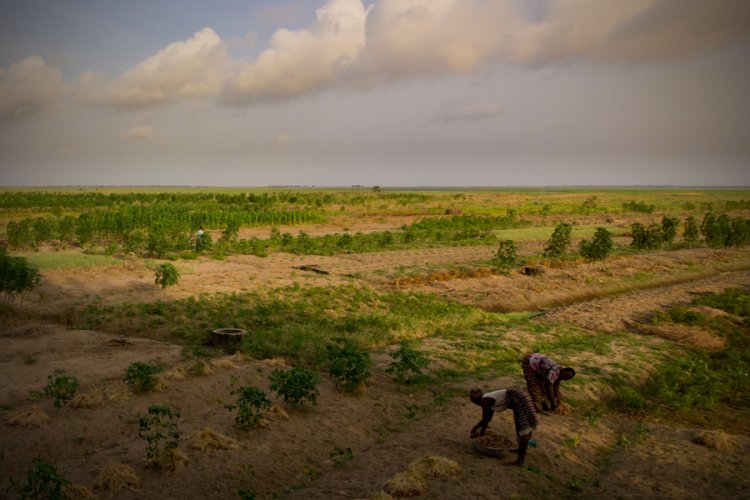Major Challenges of Kenya's Land Tenure System
In the recent years, the government has initiated several reforms aimed at improving land governance and addressing historical injustices.

The land tenure system in Kenya is a complex and evolving topic that has significant implications for the country's economic development, social stability, and environmental sustainability. Over the past several decades, Kenya has undergone significant changes in its land tenure system, reflecting shifts in government policy, economic conditions, and social norms.
Historically, land in Kenya was largely held communally, with tribes and clans occupying and utilizing land according to traditional customs and practices. However, with the advent of colonialism in the late 19th century, much of this communal land was expropriated by colonial authorities and redistributed to European settlers. After Kenya gained independence in 1963, the government sought to address these historical injustices by enacting land reform policies aimed at redistributing land to Kenyan citizens.
The first major land reform policy was the Land Adjudication Act of 1968, which aimed to provide title deeds to smallholder farmers and facilitate the subdivision of large estates into smaller holdings. However, the implementation of this policy was slow and uneven, with many farmers still lacking formal titles to their land. In the 1990s, the government introduced a new land reform policy, the Land Registration Act of 1992, which aimed to accelerate the titling process and improve land administration.
Despite these efforts, land tenure remains a contentious and highly politicized issue in Kenya. One of the key challenges is the unequal distribution of land, with a small percentage of the population owning a large proportion of the country's land. This has contributed to tensions between different ethnic and socio-economic groups, as well as conflicts over access to natural resources such as water and grazing land.
Another challenge is the lack of effective land administration and governance systems. Corruption, bureaucratic inefficiencies, and weak legal frameworks have made it difficult for smallholder farmers and marginalized communities to access and defend their land rights. This has led to a high incidence of land disputes and conflicts, which can have serious social and economic consequences.
In recent years, there have been some promising developments in the land tenure system in Kenya. The government has initiated several reforms aimed at improving land governance and addressing historical injustices. For example, the 2010 Constitution of Kenya recognized the rights of communities to hold and manage land according to customary practices and established new mechanisms for resolving land disputes.
In addition, there have been efforts to promote community-based land management and conservation practices, such as community land trusts and conservancies, which can provide more sustainable and equitable models of land use. These initiatives have the potential to promote greater social cohesion, environmental sustainability, and economic prosperity in Kenya.
Finally, the land tenure system in Kenya is a complex and multifaceted issue with significant social, economic, and environmental implications. While there have been some positive developments in recent years, there is still much work to be done to ensure that all Kenyans have secure and equitable access to land and natural resources. Achieving this goal will require sustained political will, effective governance systems, and a commitment to inclusive and participatory approaches to land management and conservation.
If you have a real estate press release or any other information that you would like featured on African Real Estate Blog Post do reach out to us via email at [email protected]

 AREBP
AREBP 































